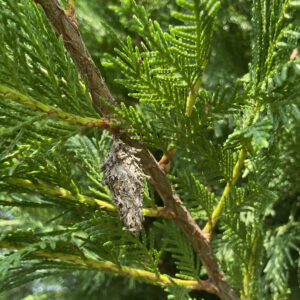The information from this article was kindly shared by Lindsay Wells-Hansen (Sr. Agricultural Scientist, Ocean Spray).
As many of you might be aware by now, there are several formulations of the newly registered product Fanfare (bifenthrin) for which we have supplemental labels for use in cranberry. However, there has been a bit of confusion surrounding which of these products are actually registered for use in the state of NJ.
Currently, FANFARE ES (EPA Registration # 066222-0099) IS registered for use in NJ. The supplemental label can be found here (https://www.cdms.net/ldat/ldB3C000.pdf) and is valid until 12/21/2024. Unfortunately, this formulation seems to be difficult to obtain from distributors at this time.
Fanfare 2EC (EPA Registration # 066222-0236) and Fanfare EC (EPA Registration # 066222-0261) are NOT registered for use in NJ at this time despite the fact that there are supplemental labels for cranberry for these products and it sounds like some local distributors are carrying the 2EC formulation of this product. Unfortunately, the 2EC and EC formulations CANNOT be used in NJ in 2022. The manufacturer is working on getting all formulations registered in NJ, so hopefully we’ll have more options available for use in the future.
I hope this helps to clear up some confusion surrounding bifenthrin products.
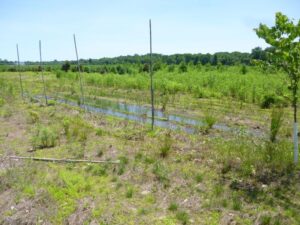
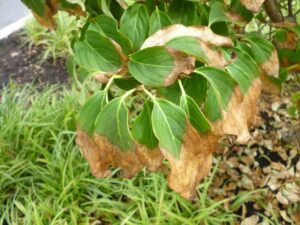
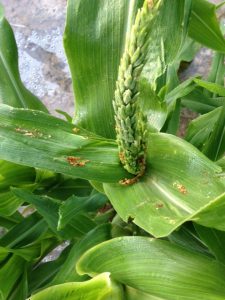
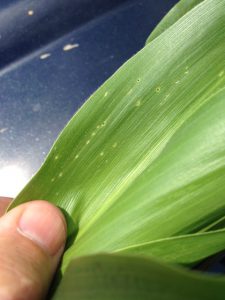
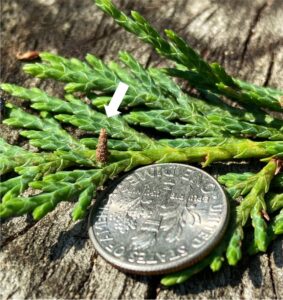 .
. 